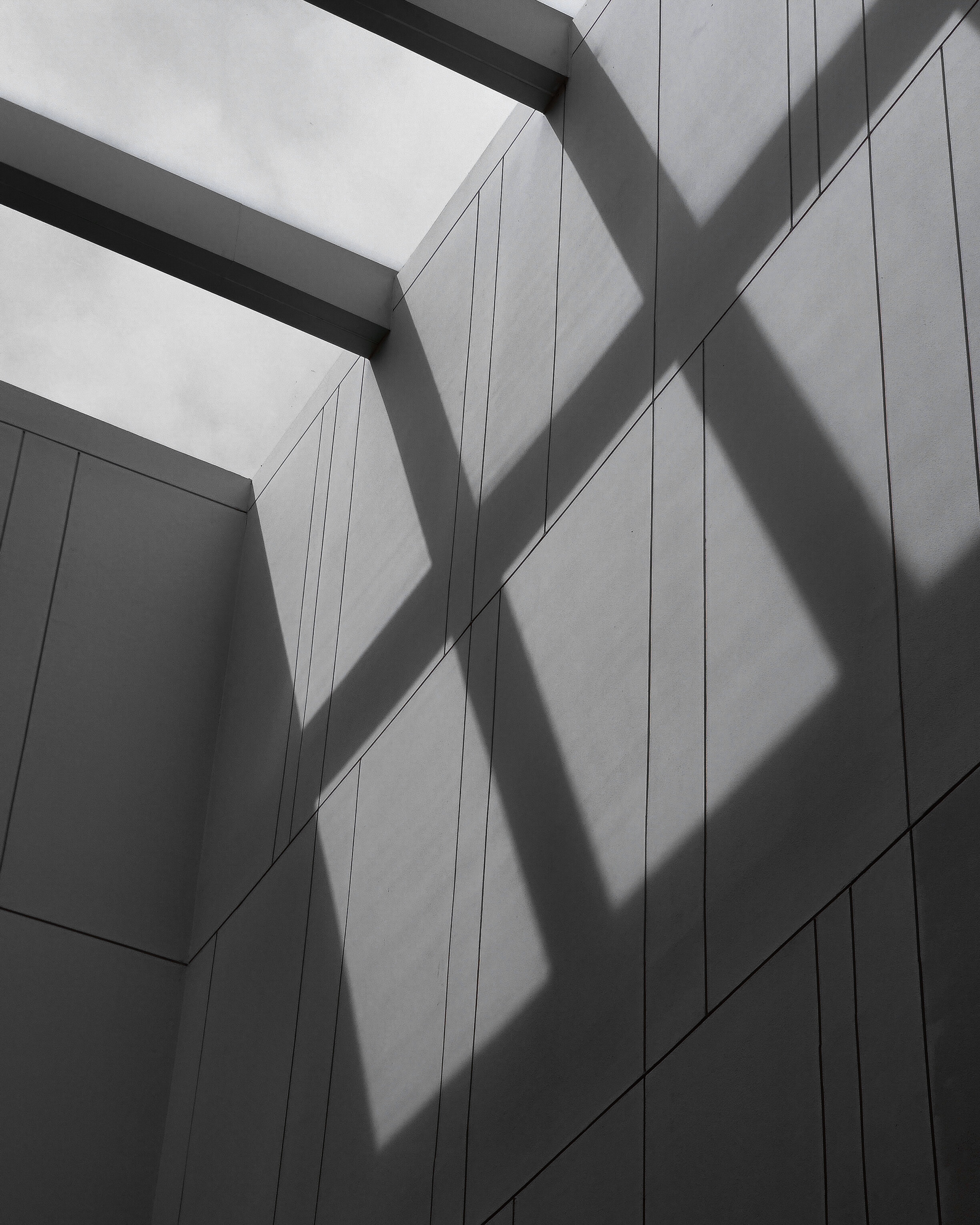The Gift of Darkness

The Gift of Darkness
Shemaiah Gonzalez
“Someone I loved once gave me a box full of darkness. It took me years to understand that this too, was a gift.”
― Mary Oliver
Composer George Fredrich Haas says we have lost darkness in our lives. We’ve suppressed the tension it creates; we’ve become too comfortable. In the dark, we lose control. Haas invites the listener into that tension as a gift in his composition, String Quartet No. 3, a piece performed as the composer intended—in the dark.
Darkness challenges. We grope, grasp, grip our way through, in an attempt to find our footing. It becomes difficult to place ourselves in an actual space; we must rely on our other senses, but even those seem altered without our sense of sight. It’s easy to get lost.
Haas’ performance promised to be a transcendent experience, with the very real possibility of a panic attack. There was a stiffness that permeated the crowd as my husband and I filed into the large rectangular enclosure created by floor-to-ceiling blackout curtains. There was scarcely enough room for 4 rows of 45 chairs. We were told to fill in the middle first, but some, too nervous, sat in the first available seats, causing the crowd to push past them. I wanted to sit near one of the performers, to maximize my senses, so my husband and I took seats at the end of the first row.
Before the performance began, the audience was invited to a trial run of darkness by the director of the music company. If we found ourselves in a panic attack during the midst of the performance, we were to call out our row and a light would illuminate our path, directing us to the exit. Full of nervous laughter, the audience practiced. I wasn’t nervous, I couldn’t wait.
The audiences’ energy varied from relaxed, to anxious, to electric anticipation as the musicians entered to take their places. The composer’s notes included stage directions for the musicians to sit as far apart from each other as possible—so each member of the quartet took their place in the far corners of the room. The musicians had committed both the beginning and end of the piece to memory, practicing with sleeping masks on so as to not only memorize the notes, but the feel of their instruments.
The music that began to form in the dark room was not melodic in a traditional sense, but rather spectral, beginning with an atmospheric sensation of low bow groans, expanding across the darkened space to piercing shrieks then flown back in another contrasting shift. Musicians engaged the full materiality of their instruments, knocking on wood, scratching with their nails as well as their bows.
Haas’s notes dictate that the musicians must accept at least one in a series of eighteen improvised invitations the players offer their fellow musicians across the room. In the darkness, I perceived the gesture as one of hospitality and intimacy. It is a beautiful metaphor for the communal nature of art itself, generosity and innovation. The result is expansive as the sound swells each time it is passed across the room.
Over the next hour, I heard life break through from the darkness. I was witness to creation, a universe coming forth from nothing, taking form, until sound cracked open, like a seed, expand- ing and growing. I thought of the words from Genesis “the earth was without form, and void; and darkness was upon the face of the deep. And the Spirit of God moved upon the face of the waters.”
Turns out my experience was not far from the composer’s intent. I found out the quartet is subtitled “in iij. Noct.,” or prayers given the third night of Tenebrae, the days between Holy Thursday and Easter. At the Tenebrae service, the church waits in darkness as they gradually extinguish all candles, waiting for Easter. Once the Church is in total darkness, a “strepitus” or “loud noise” will occur, reminding the Church of the open tomb. It’s a different type of cracking open than I imagined—but similar just the same.
The duration of the piece could vary between 45 to 90 minutes. Three-quarters of the way into the composition, musicians are to begin to play a choral piece by sixteenth-century composer, Carlo Gesualdo, written for the Tenebrae. The melodic music has a hopeful effect after a half hour of intense apprehensive listening. Now knowing Haas’s subtleties, I think this may have been his desire, to have the audience leave feeling full of promise.
When the performance concluded and the house lights came back up, the audience was eager to share their encounter. The gentleman beside me said he had psyched himself up for the evening and found it frightening. His partner confirmed this saying he had dug his fingernails into his arm during the entire performance. My husband experienced the performance as a meditation, quieting his body and mind to stay present. The violist admitted he felt the intensity of the crowd, especially the fervor of an audience member in a seat in front of him. The violist fed off the energy and put that passion into his improvisation.
The Psalmist sings “even the darkness is not dark to you; the night is as bright as the day, the darkness is as light to you.” He sings of God, who can see in darkness, and yet, this song resonates with me too. I arrived at the beginning of the evening full of auspicious expectation. I wanted to enter the darkness, settle in and see what it would offer, to find the light in the midst of it.
My anticipation proved worthy. I wasn’t afraid of the dark—it was a gift.
Shemaiah Gonzalez
Writer & MFA Student
Shemaiah has been published in America Magazine & Fathom Magazine
Photography by Piyatat Primtongtrakul